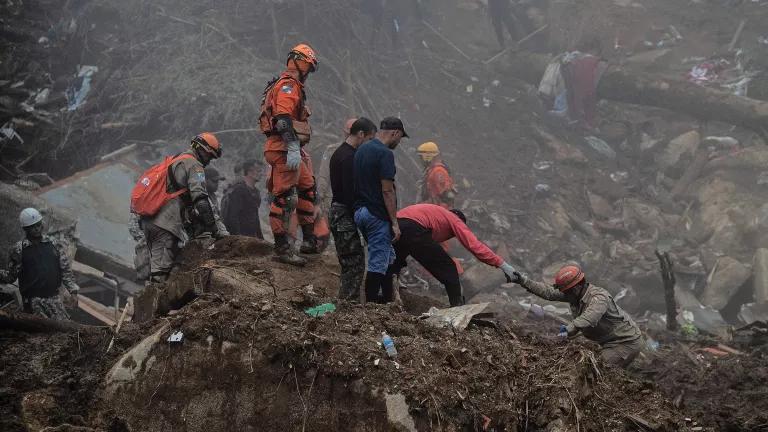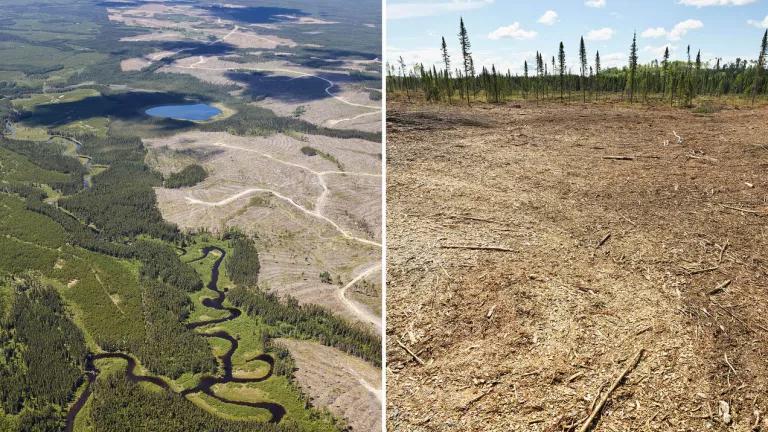Why We Should Invest in Land Management in Latin America

USDA via Flickr.
This is the slogan of this year’s World Day to Combat Desertification (WDCD), a problem affecting more than 250 million people worldwide. Twenty-nine million acres of arable land are lost every year, equivalent to 56 acres per minute. By the time you finish reading this post, well over that amount will have been lost. This global challenge has serious implications for Latin America where it threatens the food security and livelihoods of millions of people. Fortunately, governments in the region are starting to take steps to address drought and desertification. The power of consumers to drive markets for sustainably produced goods can also help spur better land management.
Decades of land degradation and misuse of natural resources to feed the world are taking a toll on livelihoods that depend on the land to plow. In Latin America, around 125 million people who live in semi-arid land and sub-humid areas are particularly at risk. More than 68 percent of soil in South America is currently affected by erosion due to deforestation and overgrazing. In Bolivia, Chile, Ecuador and Peru, 27 to 43 percent of territory is threatened by desertification. The numbers go up in Argentina, Mexico and Paraguay where more than half of the land is impacted by desertification and unfit for cultivation. The situation isn’t any better in Central America where drought has led to job losses and food insecurity, a key driver in recent migration. Mexico has also experienced climate-induced migration in rural parts of the country, where it loses 400 square miles of land every year to desertification. The UN Convention to Combat Desertification (UNCCD) coordinator for Latin America and the Caribbean, José Miguel Torrico, stated that “the annual costs of land degradation are estimated for Latin America and the Caribbean at 60 billion dollars per year.”
Countries in Latin America are stepping up to the challenge
While the picture seems frightening, WDCD isn’t a day for dwelling on land that has been lost. The UN refers to WDCD as a “celebration” to reinforce that this is a day to commemorate forward-looking communities worldwide who are leading the transition to sustainable land management practices. It is a day to remind producers—but also consumers around the world - that there are better, more innovative ways to grow food, while also protecting the land that reaps it. A 2016 report by World Resources Institute calculated that restoring 49 million acres of degraded lands in Latin America and the Caribbean could produce $23 billion in net benefits within 50 years.

And while there is a lot of work to be done to prevent or slow land degradation and restore arable land, Latin America has made some strides in the past decade. Most countries in the region have made it a priority to address drought and desertification through the adoption of National Action Plans (NAPs)—an initiative housed under the UN Convention to Combat Desertification. Since ratifying its NAP in 1995, Mexico has developed 38 federal programs to address desertification through multi-sectoral approaches. Included in these programs are efforts for reforestation, soil conservation, payment for environmental services, drought monitoring and the development of rainwater catchment systems, among other initiatives.
More recently, 22 Latin American countries have set Land Degradation Neutrality (LDN) targets for 2030 to prevent, minimize, or reverse land degradation through sustainable land management. LDN is defined as “a state whereby the amount and quality of land resources, necessary to support ecosystem functions and services and enhance food security, remains stable or increases within specified temporal and spatial scales and ecosystems.” Mapping and satellite technology, land use and management practices and surveys will be used to both implement and monitor the progress of LDN targets in Chile and Costa Rica, which have been selected as pilot countries for the program.
A key role for consumers
As national governments do their part to push policies and investments towards a future with healthier, more fertile soils, consumers are also challenged to take part in WDCD. Executive Secretary of the UNCCD, Monique Barbut, believes much of the change rests on the power of the public and their role in driving the market for more sustainable land use practices. Barbut says, “every coin a consumer spends determines where investments by the private sector and governments go—either to land degrading ventures or towards good land use practices. Let’s not underestimate how our small individual decisions transform the world, so let’s choose wisely with our purchases.”
And that’s the real dirt on desertification. The choices and actions we all make can help slow down and turn back the desertification that is putting at risk livelihoods and natural resources around the world.
This post was written by Andrea Becerra who recently graduated from The Fletcher School at Tufts University with a Masters in International Environment and Resource Policy and Integrated Water Management. She is a consultant for NRDC focusing on urban and rural water management issues in Latin America.




